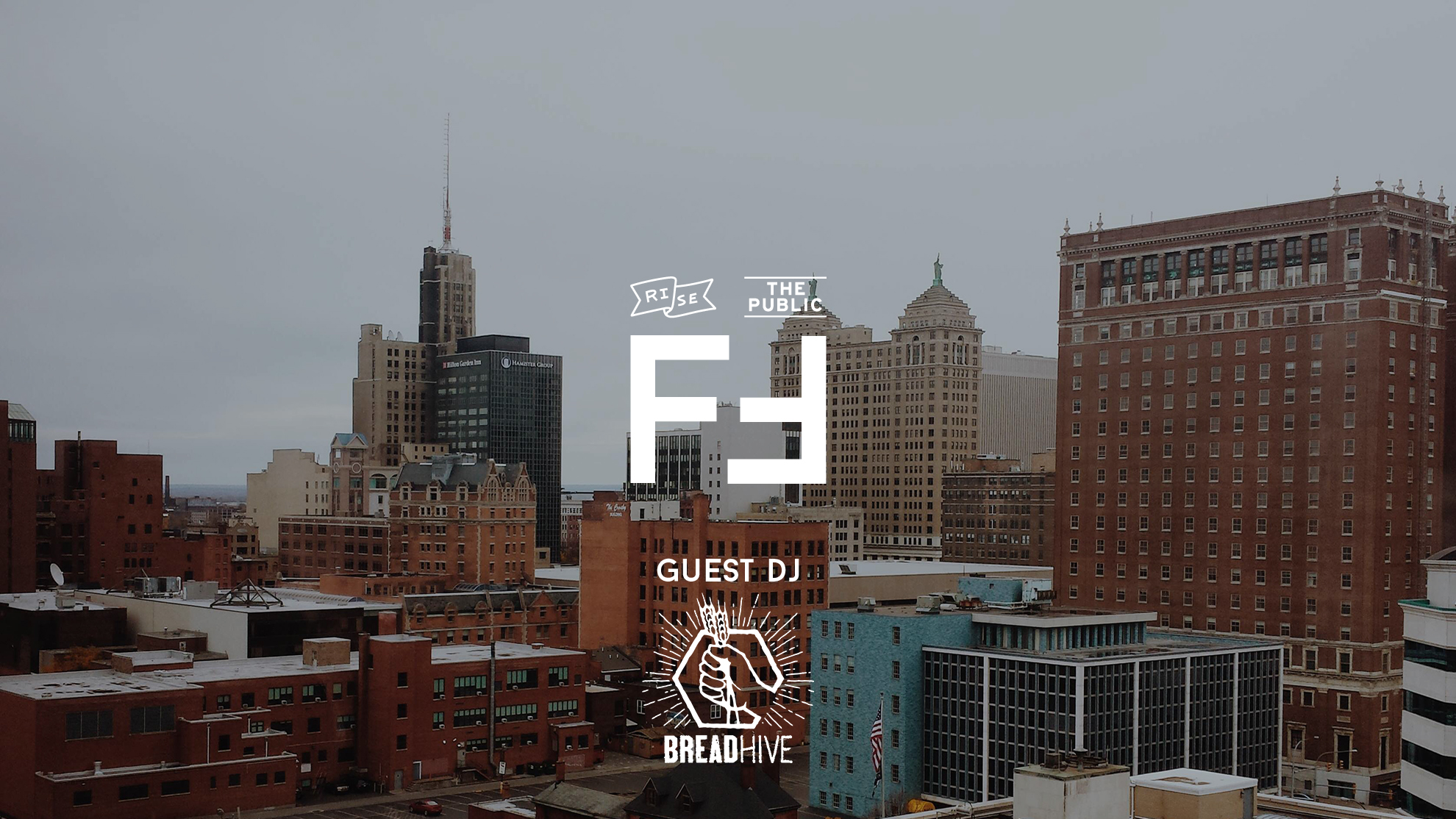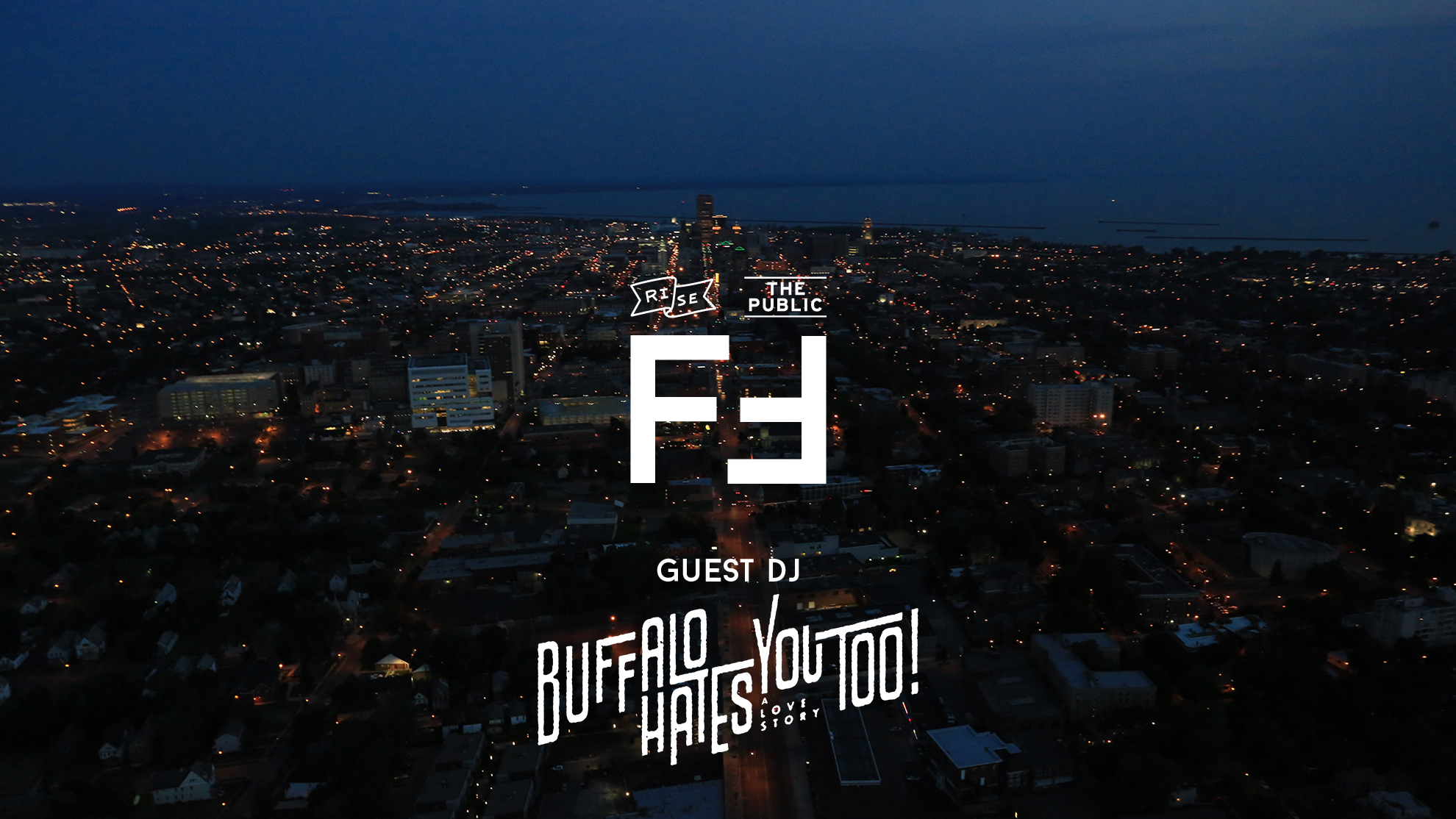By Bradley J. Bethel Jr. // Restore Our Community Coalition
Image by Ryan Kell
Restoring Humboldt Parkway would place the East Side in a much better position to be a part of the broader narrative of Buffalo’s redevelopment.
The Restore Our Community Coalition originated as early as the 1990s, when local community activist Clarke E. Eaton approached city officials about the possibilities of recovering Humboldt Parkway. The historic three-mile parkway that once formalized a connection between Delaware Park and the now-Martin Luther King Park was sacrificed for the Kensington Expressway in the 1960s. At the time of its proposal, the expressway promised to create value through a new transit corridor between Downtown Buffalo and the Buffalo Niagara International Airport in Cheektowaga. Instead, it only accommodated thousands of city residents in their exodus to the suburbs.
Hamlin Park began as a Driving Range in the 19th Century, owned by a popular developer named Cicero Hamlin. It later became a residential neighborhood in the 20th Century. Hamlin Park today is recognized for its architectural integrity, with residents residing in a series of Foursquare, Bungalow, Homestead, and Colonial Revival homes. In 2013, the neighborhood made the National Register of Historic Places.
It was perhaps Hamlin Park’s upper middle class population that inspired Frederick Law Olmsted’s 1870’s design of the adjacent Humboldt Parkway. Lined by a series of elm and maple trees, the parkway would be remembered as the grandest of the public pathways in the Olmsted Park System.
The entire imprint of Hamlin Park, Humboldt Parkway, and Humboldt Park would be bookended by two successful commercial districts. North Fillmore Avenue bounding east and Jefferson Avenue bounding west were both German/Jewish districts that serviced many prominent doctors, lawyers, and educators. Jefferson particularly became known as an East Side Main Street. The district was anchored by the innovative Apollo Theatre in the mid 20th Century.
My mother told me about a beautiful, tree-lined boulevard that led to the entrance of the Science Museum.
By the 1970s, civil and societal changes inspired Humboldt Park’s name change to Martin Luther King Park. Today, the park’s Olmstedian heritage is proudly continued by the now-predominant African American population, hosting the annual Juneteenth Festival.
When I was six years old, I asked my mother, Kathy Bethel, about what the Kensington Expressway looked like during her childhood. Raised in Buffalo, she was the first to explain to me that the expressway was not always there. My mother told me about a beautiful, tree-lined boulevard that led to the entrance of the Science Museum.
My grandfather Robert DeWayne Smith, told me about friends and teachers who lived in Hamlin Park during the 1950’s. He described how the neighborhood surrounding Humboldt Parkway was distinctly more noble than the Willert Park neighborhood on Jefferson Avenue and William Street where he was raised.
Both my mother and grandfather also recalled the endless line of shops and businesses along Jefferson Avenue. Their recollections would be the first of many local history lessons that spoke of a completely different Buffalo.
Restore our Community Coalition gained the ear of the New York State Legislature in 2001 when it received funding to render preliminary analysis of recovering a portion of Humboldt between East Ferry and Best Streets, leading up to Martin Luther King Park. Upon receiving its 501c3 status in 2010, the organization came to include members of the Olmsted Parks Conservancy, the Hamlin Park Community & Taxpayer Association, the Western New York Black Chamber of Commerce and the University at Buffalo Regional Planning Institute. A 2012 Buffalo News article provided not only the first comprehensive layout of plans to restore Humboldt Parkway, it also gave the first public mention of ROCC.
When I signed on as ROCC’s youngest member in 2013, the Martin Luther King Park wading pool had been fully restored. Opening in time for the 38th Annual Juneteenth Festival, the pool had become a popular spot for Buffalonians for the first time in nearly three decades. This would be just one of many milestone changes around the city following decades of decline and despair. I joined ROCC because in addition to a burning desire to make urban planning a vital part of my career path, the evidence was already upon us that things were finally beginning to change in Buffalo.
A subliminal message is sent to neighbors who gaze into the void of rush hour traffic on the Kensington Expressway. Like how the creation of Humboldt Parkway once contributed to the affluence of its surrounding neighborhoods, its absence brought a gradual decline in property values, commercial investments, and ultimately a sense of well-being among residents. It is no coincidence that the majority of Buffalo’s modern crime, unemployment, and poverty is concentrated on the East Side.
It is therefore contingent among relevant stakeholders how far Humboldt Parkway’s revival should be taken. Discussion among supporters have brought up two hopeful possibilities for which there are case studies and other outlying factors supporting both.
The first option is known as the “Mini Dig” alternative in the NYSDOT studies. It would cover roughly one mile of the Kensington Expressway between East Ferry and Best Street. The target area would retain the expressway as a weatherproof tunnel that would be maintained for up to 75 years. The tunnel would double as overhead greenspace that would return 14 acres to the community for the first time in 60 years.
This proposal is the long-held, official consensus of ROCC that is used as the basis of the “Bridging the Gap” Economic Impact Study. Similar examples of freeway covering in other cities include the 5-acre Klyde Warren Park in Dallas, the 5-acre Jim Ellis Freeway Park in Seattle, and the 32-acre Margaret T. Hance Park in Phoenix. Each serve as popular residential and tourist attractions in their respective cities.
Another proposal takes the Humboldt Parkway revival much farther by filling in the Kensington Expressway. However, the existing “Heavy Traffic” alternative in the NYSDOT studies undermines the promise of restoring Humboldt by instead bringing 55 mph traffic to surface level.
Some of our supporters advocating to fill in the expressway do not just want to restore the target area of Humboldt Parkway. The collective vision would clear a path towards eventually restoring the remainder of Humboldt Parkway leading to Delaware Park. This would also repair more of our broken street grid, which would reintegrate the Trinidad Neighborhood (behind Sisters’ Hospital off Kensington Avenue) into the broader landscape.
The expected concerns of “carmageddon” have been successfully debunked in other freeway removal projects.
By simultaneously removing the Kensington Expressway, commuter traffic would have to be supplemented with two adjoining solutions. The first would re-establish the eastern arterial roads (Kensington Avenue, East Delavan, Genesee, Walden, Sycamore, Broadway, William, and Clinton) as major commuter routes. The second solution would establish an NFTA light rail expansion for points east, including the Buffalo Niagara International Airport.
The expected concerns of “carmageddon” have been successfully debunked in other freeway removal projects. Embarcadero Boulevard in San Francisco, McKinley Avenue in Milwaukee, and Tom McCall Waterfront Park in Portland are neighborhoods that have flourished since the preceding freeways in each city were removed. The dispersal of former freeway traffic into the urban street grid have reportedly been contributing factors to the cities’ success stories.
The “Bridging the Gap” Economic Impact Study, published in 2014 by UB’s Regional Planning Institute, indicates that the net positives for restoring Humboldt Parkway are not limited to short-term construction jobs for the parkway itself.
The new Humboldt Parkway would lead to long-term jobs for building new homes and businesses, as well as refurbishing existing structures around the neighborhood. This in turn will improve area property values, which will spur more incentives to reduce crime and increase education and job opportunities. Additional maintenance would be provided by a team of rejuvenated block clubs and other community improvement organizations. Shared responsibility among residents and organizations will lead to renewed faith among internal and external investors, and in turn, a renewed since of well-being among residents.
The parkway would be maintained by the Olmsted Parks Conservancy, the primary liaison for the city’s Olmsted Parks System. “Bridging the Gap” estimates $1 billion in initial investments for a period of 25 years.
As of 2016, ROCC has over 2,000 supporters and three-dozen partnerships. This past April, Governor Cuomo expressed his support for a new Humboldt Parkway, as one of several freeway remediation proposals across the state. In June, we were the proud recipients of the 2016 William Dorshemier Community Partnership Award, presented by the Olmsted Parks Conservancy. We have also hosted community events, town hall meetings, as well as guest lectures at charter schools and community colleges around the city at the request of students.
As the city of Buffalo continues to rebuild itself, ROCC will be working closely with neighborhoods, businesses, and civic organizations on its mission to restore Humboldt Parkway.
I remember… Restore Our Community
roccbuffalo.org




